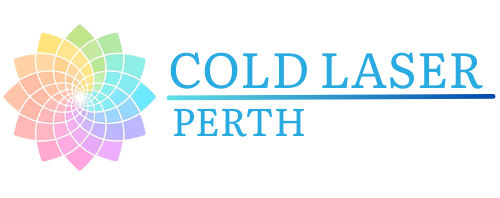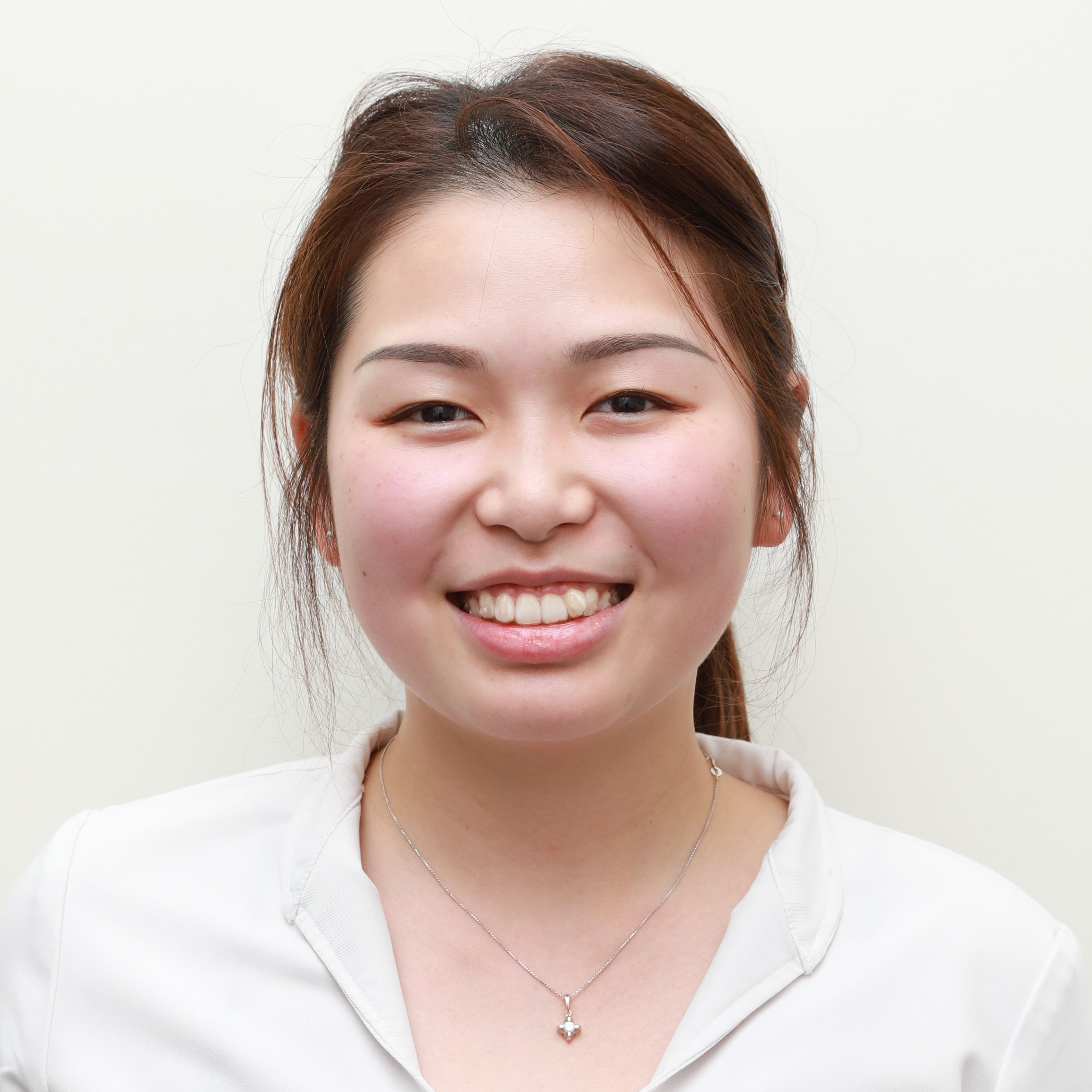
An acromioclavicular (AC) joint sprain is a shoulder injury that commonly results from a fall onto the tip of the shoulder or a direct blow. It's particularly prevalent among athletes involved in contact sports, cyclists, and individuals who experience a sudden impact or traumatic event. Although often considered a minor shoulder injury, AC sprains can lead to considerable discomfort and functional limitation if left untreated.
What is an AC Joint Sprain?
The AC joint is where the collarbone (clavicle) meets the highest point of the shoulder blade (acromion). Ligaments surrounding this joint help keep it stable, and injury occurs when these ligaments are stretched or torn. Depending on the severity, AC sprains are graded from I to VI, with Grades I–III being most common in general clinical settings.
Common Symptoms Include:

- Localized pain at the top of the shoulder
- Swelling and tenderness over the AC joint
- Pain with arm movement, especially overhead or across the body
- A visible bump or deformity in moderate to severe cases
- Reduced range of motion and shoulder strength
Initial management typically involves rest, ice, and activity modification. However, adjunctive therapies may support recovery, particularly in persistent or functionally limiting cases.
Cold Laser Therapy and AC Joint Sprains
Cold laser therapy (also called low-level laser therapy or LLLT) is a non-invasive treatment that uses specific wavelengths of light to stimulate tissue healing and reduce inflammation. At Cold Laser Perth, we use the MR5 ACTIV PRO LaserStim® device—an advanced cold laser that targets damaged tissue with precision.
How It May Help:
✅ Reducing Inflammation
LLLT has been shown to modulate inflammatory mediators such as prostaglandins and cytokines, which may help reduce swelling and tenderness in the injured AC joint. A 2022 research study found that LLLT positively influences inflammatory and healing responses in both human and animal models of tendon and ligament injury.
✅ Stimulating Tissue Repair
By stimulating mitochondrial activity and increasing ATP production, [cold laser therapy may enhance the cellular repair process in soft tissues.](https://dspace.mit.edu/bitstream/handle/1721.1/109162/Ferraresi-2012-Low-level laser %28lig.pdf?isAllowed=y&sequence=1) This may support the healing of strained ligaments in the AC joint and improve collagen —a key aspect of ligament recovery.
✅ Pain Modulation
Cold laser therapy can help modulate pain by influencing nerve conduction and stimulating the release of endorphins. This natural analgesic effect may reduce reliance on medication during the recovery phase. In one controlled trial, LLLT significantly improved both pain and function in musculoskeletal soft tissue injuries, including tendon and ligament conditions.
✅ Improving Function and Mobility
As inflammation decreases and tissue healing progresses, patients may experience improved shoulder range of motion and reduced stiffness. This is particularly important in avoiding secondary complications such as adhesive capsulitis (frozen shoulder).
How Chiropractic Care May Support AC Joint Recovery
Chiropractic care may assist in the management of AC joint sprains by addressing joint dysfunctions and soft tissue imbalances that develop as a result of the injury. Chiropractors may use:
- Gentle joint mobilization techniques to reduce stiffness in the upper thoracic spine and shoulder girdle
- Soft tissue techniques to alleviate surrounding muscle tension
- Functional rehabilitation to support shoulder mechanics
- Postural advice and ergonomic guidance to reduce ongoing strain

While chiropractic treatment does not directly heal torn ligaments, it may play a supportive role in restoring function, reducing compensatory patterns, and assisting patients through active recovery stages. Outcomes vary between individuals based on the grade of sprain and treatment adherence.
Combination Approach
At Cold Laser Perth, we believe in an evidence-informed and individualized approach. Cold laser therapy is often used in combination with rehabilitative exercises, chiropractic care, and activity modification to help patients regain function and return to their daily activities safely. While outcomes may vary depending on the severity of the sprain, many patients report a reduction in symptoms and improvement in shoulder function over a course of treatment.
If you're dealing with an AC joint sprain or persistent shoulder discomfort, feel free to call us at 9300 0095 or visit our website at www.coldlaserperth.com.au to see whether cold laser therapy may be a suitable addition to your recovery plan.
📍 Serving the Joondalup & Northern Suburbs of Perth Lakeside Chiropractic is central to the northern suburbs of Perth, located in the City of Joondalup.
If you are in the surrounding suburbs such as Yanchep - 6035, Tapping - 6065, Carramar - 6031, Currambine - 6028, Wanneroo - 6065, Heathridge - 6027, Edgewater - 6027, Gnangara - 6077, Mullaloo - 6027, Padbury - 6025, Kingsley - 6026, Woodvale - 6026, Banksia Grove - 6031, or Duncraig - 6023, our team is here to assist you.
References:
- Wang et al. (2022)
Wang, X., Wang, Y., Tan, Y., Chen, H., & Wu, Y. (2022). The functions and mechanisms of low-level laser therapy in tendon repair. Frontiers in Physiology, 13, Article 859630. https://www.ncbi.nlm.nih.gov/pmc/articles/PMC8886125/ - Ferraresi et al. (2012)
Ferraresi, C., Kaippert, B., Avci, P., Huang, Y. Y., de Sousa, M. V., Bagnato, V. S., Parizotto, N. A., & Hamblin, M. R. (2012). Low-level laser (light) therapy on muscle tissue: Performance, fatigue and repair benefited by the power of light. Photochemistry and Photobiology, 88(5), 965–972. https://dspace.mit.edu/bitstream/handle/1721.1/109162/Ferraresi-2012-Low-level%20laser%20%28lig.pdf?isAllowed=y&sequence=1 - Mulcahy et al. (1995)
Mulcahy, D., McCormack, D., McElwain, J., Wagstaff, S., & Conroy, C. (1995). Low level laser therapy: A prospective double-blind trial of its use in an orthopaedic population. Injury, 26(5), 315–317. https://pubmed.ncbi.nlm.nih.gov/7649646/
Disclaimer: This blog is for informational purposes only and does not replace professional medical advice, diagnosis, or treatment. Individual results may vary.




